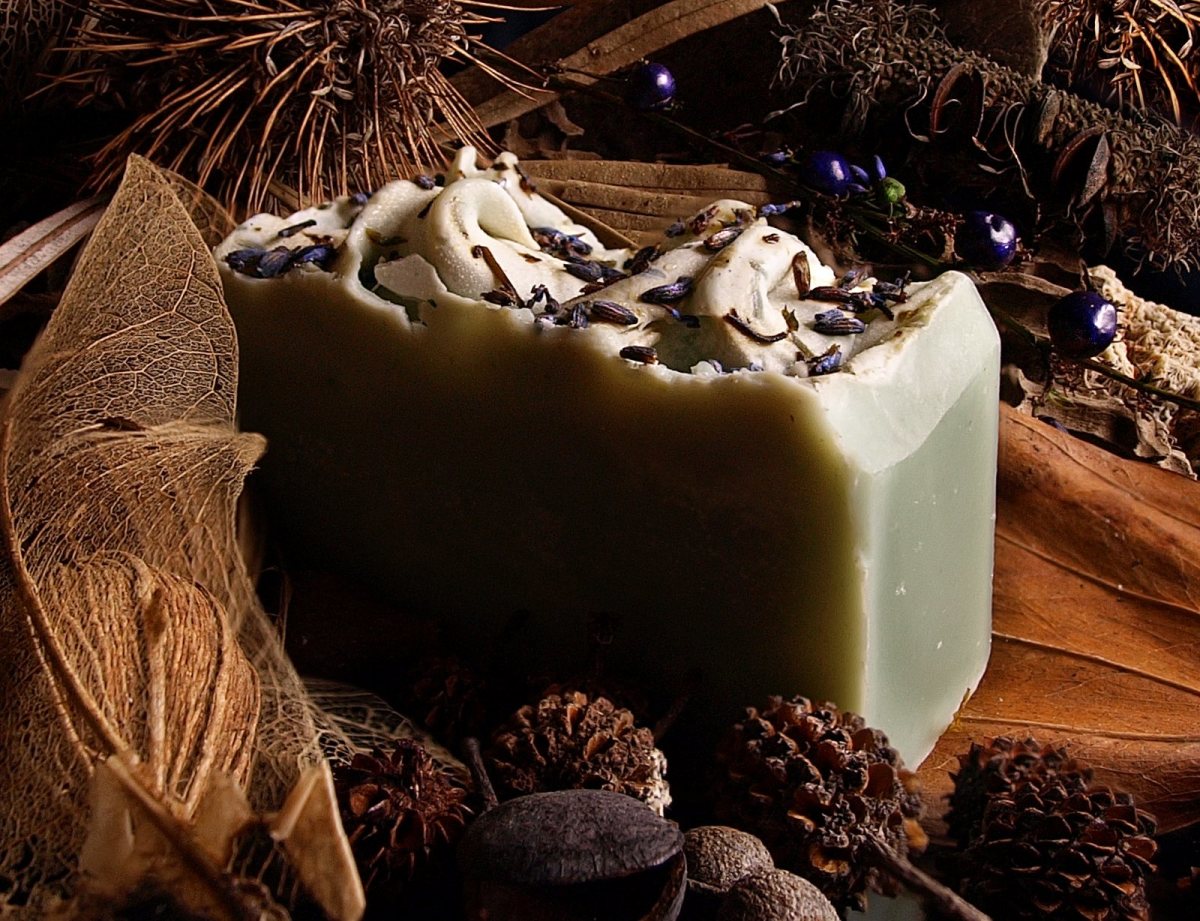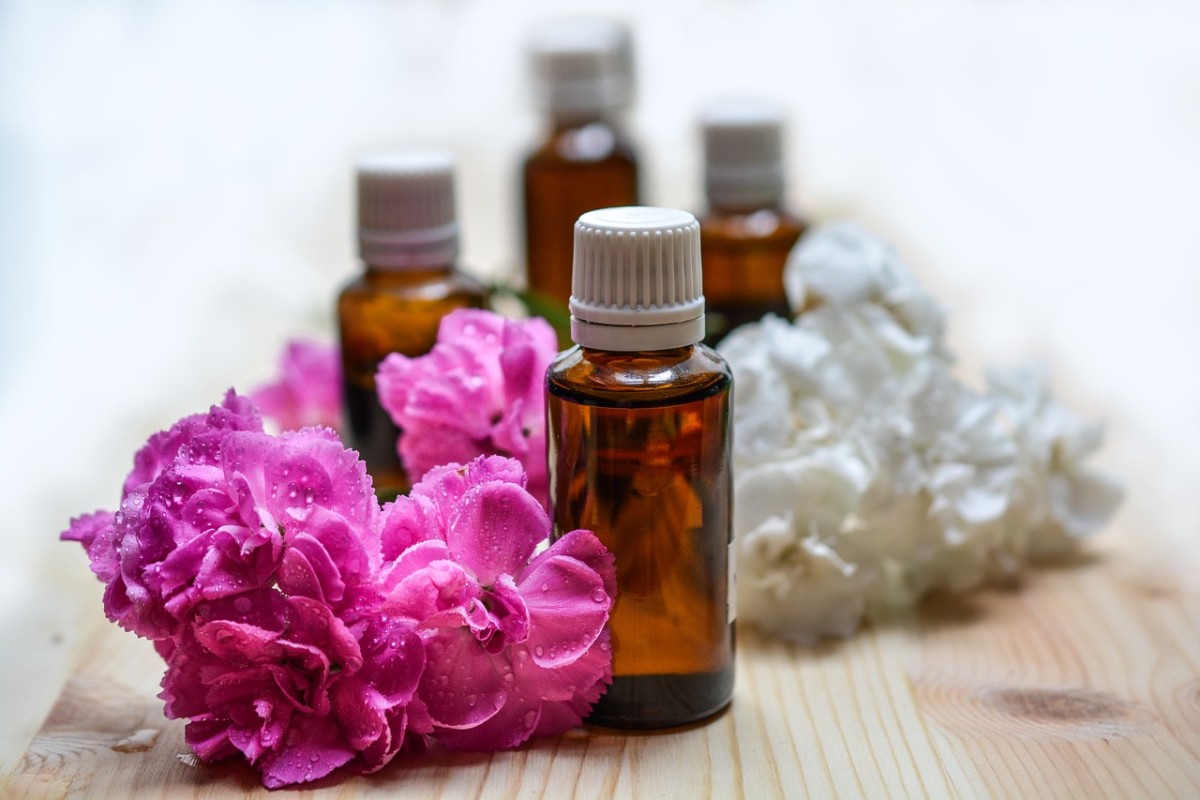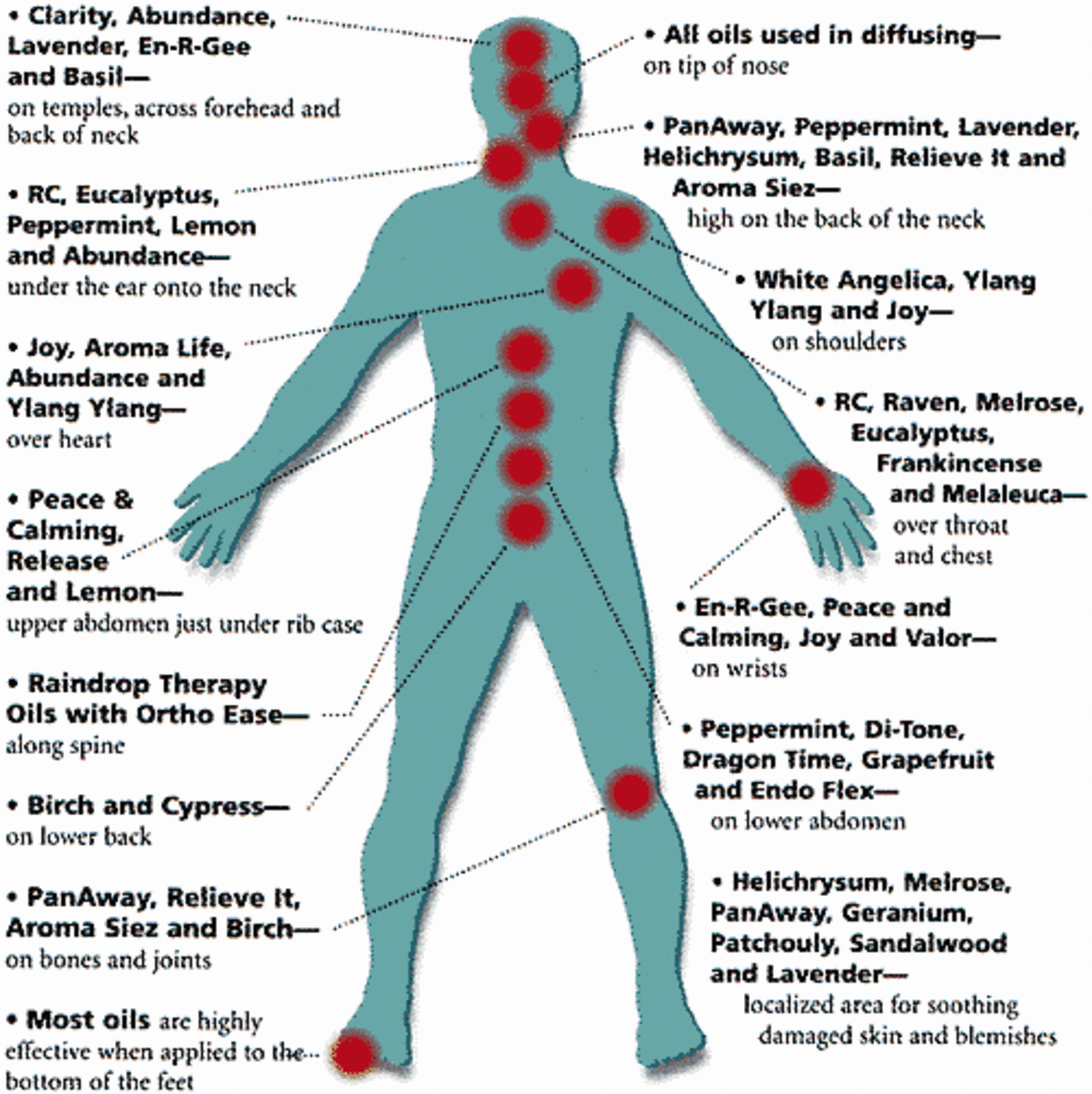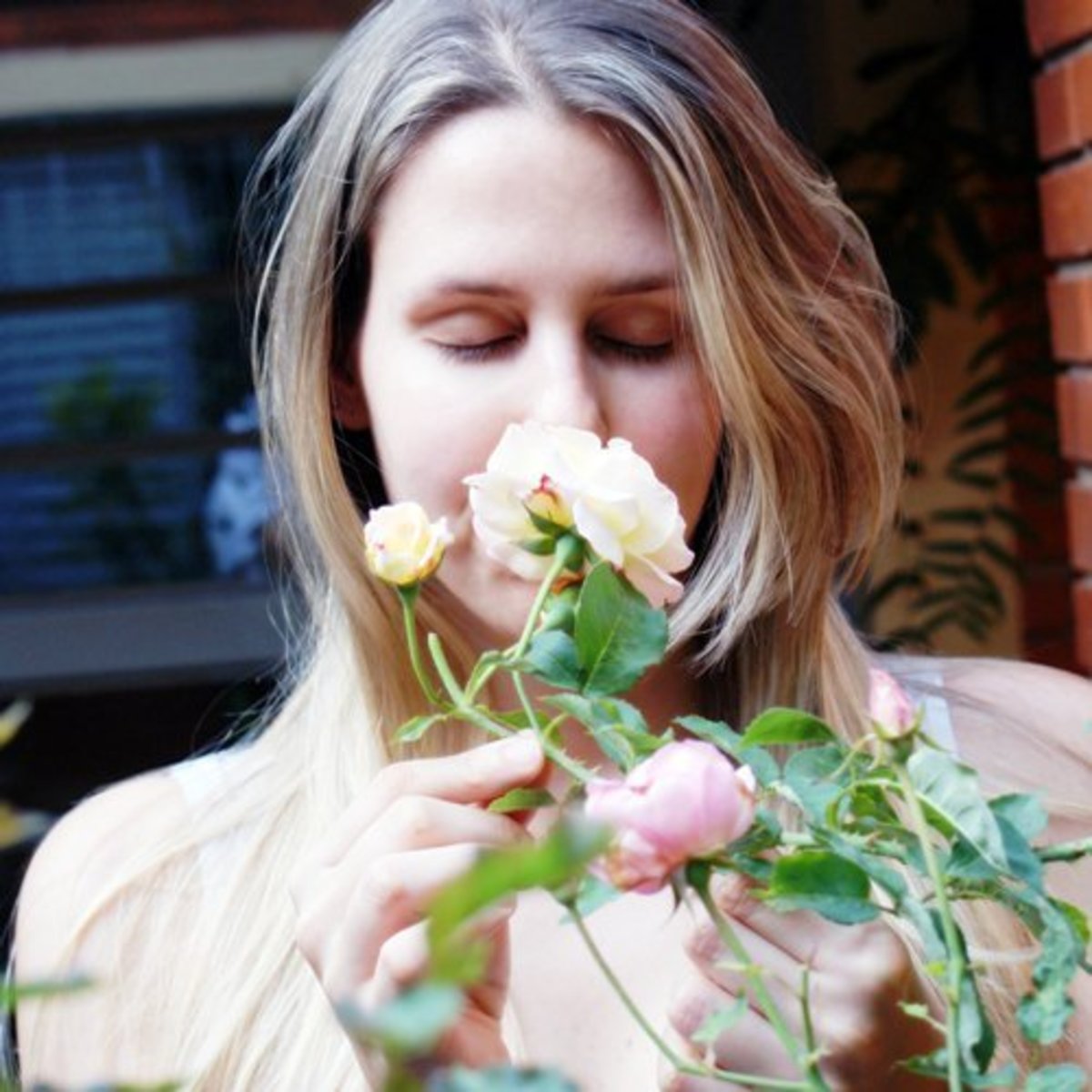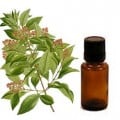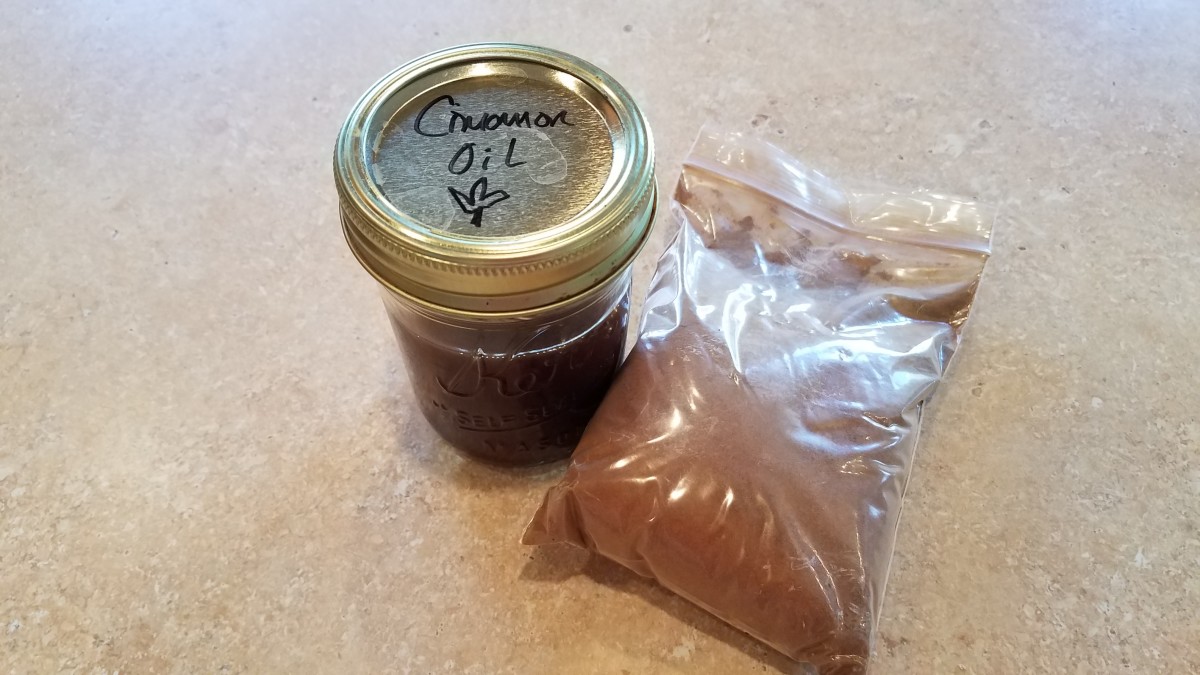Homemade Aromatherapy Lotions
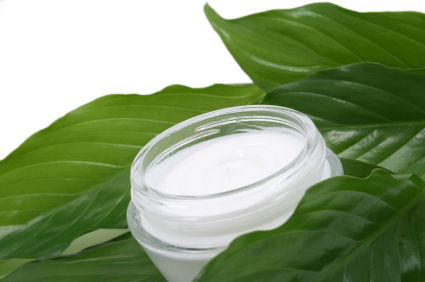
Aromatherapy lotions
Essential oils are popular ingredients for various cosmetic products such as facial creams, shampoos, soaps, and many others. Indeed, the discovery of natural healing elements present in these oils are one of the biggest breakthroughs in the cosmetic industry. It allows anyone to experience preservation or enhancement of natural beauty using natural materials.
Aromatherapy lotions are just one of these several beauty-enhancing products while also protecting you against any form of diseases or other conditions.
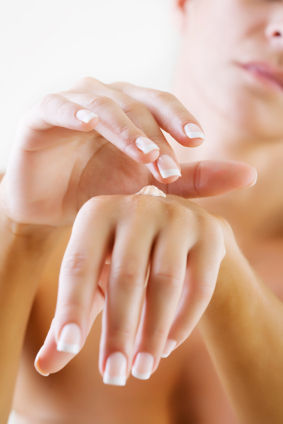
Caring For Your Skin With Aromatherapy Lotion
Skin care is one of the central aspects in the cosmetics industry. Indeed, attaining a beautiful skin is an important prerequisite to enhancing or preserving one's natural beauty. Since there is a bounty of choices for essential oils that can naturally nourish the skin, it has been utilized to create lotions.
Essential oil lotions are indeed better alternative to other types of lotions produced in the market using synthetic ingredients. The presence of chemicals can produce harmful reactions on the skin, leading to skin irritation or inflammation. If you do not want this to happen, then it is best to make your own lotion using essential oil at home. This gives you the advantage of having to choose specific essential oils that you can use depending on the fragrance and the benefits you want to gain on your skin.
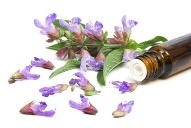
Natural Skin Care : Recipe for Homemade Hand Lotion
What You Need
Ingredients are basic foundation for making essential oil lotions. You need to take note not just of acquiring the required ingredients, but also choosing the quality of the ingredients you use.
Since lotion will be applied directly onto your skin, you need to be careful to use only gentle ingredients that are beneficial for skin care.
Water Ingredients
There are a few choices of water ingredients that you can use for the water portion of the recipe. You can choose according to the kind of consistency you want to achieve with your lotion or what is easily available to you. You also have the option to use just one or combine them with other water ingredients that you have.
*Distilled or spring water – This is your most basic, and probably most accessible, of all options for water ingredient to use on this recipe.
*Aloe vera juice – If you want to produce better benefits on your skin instead of using distilled or spring water, aloe vera juice is a good choice of ingredient to use on the liquid portion for this recipe. It helps maintain the skin's natural pH level and also acts as a natural skin moisturizer.
*Lavender water – Here is a popular choice to use in aromatherapy lotions because of the soothing effect that lavender produces on the skin.
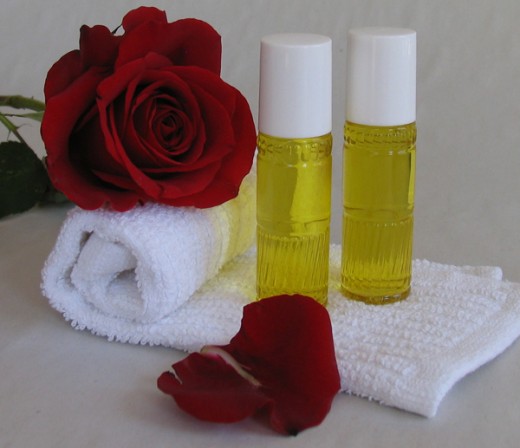
Carrier Oil
Carrier oils are staple ingredients to have when you intend to directly apply essential oils on your skin. This will act as a protective layer since the essential oils are diluted to match the chemical constituent of your skin, thus producing no harm when used.
You can choose any type of carrier oil whether from nut or vegetable sources. However, there are a few commonly used carrier oils to make essential oil lotions since they are naturally beneficial on your skin, including cocoa butter, coconut oil, sweet almond oil, and herbal oil infusion.

Choosing Essential Oil To Use
Since this is the most crucial ingredient you need in preparing homemade essential oil lotions, you need to invest a great deal of time in choosing essential oils. Each type of essential oil that are considered beneficial for your skin's nourishment have different components, which will address different types of skin conditions. There are also those essential oils that help protect, maintain, and enhance the overall appearance of your skin to make them healthier and more vibrant.
If you have no existing skin conditions and just want to improve your skin quality, you can try using the following types of oil: chamomile, jasmine, orange, ylang ylang, carrot seed, geranium, lavender, and peppermint. If you want to restore and maintain the skin's natural pH level, rose and lemon essential oils are most recommended for you.
For damaged skin, you can use sandalwood, orange, chamomile, tea tree, and jasmine oil. To cleanse your skin and add a distinguish glow to its appearance, the following oils will certainly benefit you: juniper, orange, ylang ylang, jasmine, peppermint, and tea tree oil.
Equipments/Materials To Use
Once you have prepared all ingredients to make your essential oil lotion, you need a few materials to process those ingredients and produce the lotion that you will be using. Each one are listed below with their specified use in this process:
- Measuring cup – This is an obvious material that you will need to help ensure that you are adding accurate amounts of essential oils and other liquid ingredients into the mixture.
- Blender – This will be used in adding together all ingredients for it to reach the exact consistency you need for the lotion.
- Jar or bottles – This is where you will place the essential oil lotion you have prepared.
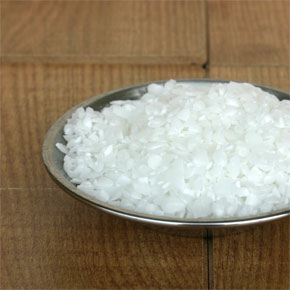
Other essential ingredients:
- Emulsifying wax – When you combine the oil and water ingredients, this wax will help to emulsify them.
- Vegetable glycerin – This is an optional ingredient but is beneficial in adding moisture into the lotion.
Step-by-Step Guide
Next step is the actual preparation of the ingredients to make your essential oil lotion. Here are the steps:
- Use the measuring cup to take a couple ounces of your preferred essential oil. Then, combine it with half an ounce of vegetable glycerin and 1 and a half tablespoon of emulsifying wax.
- Mix those liquid ingredients together with water in a saucepan. Maintain a medium heat level such that it helps to melt the ingredients while at them same time trying to avoid burning them.
- Remove the ingredients away from the heat once melted. Then, pour it onto the blender along with eight ounces of your water ingredient.
- Start the blender at low speed and slowly add in the ingredients. Keep the blender running until you have reached a creamy consistency.
- After that, add about 30-50 drops of the essential oil and start the blender again. This will help the fragrances and essences of the oil to fully incorporate itself into the mixture.
- Transfer the oil into another container and let it cool down. Then, you can now store it in a permanent container for you to use.
- Properly label thecontainer with the date when you prepared the essential oil lotion.

Tips on Proper Storage
Aside from the preparation, you also need to take note of proper storage procedure of essential oil lotion to experience optimum benefits of using them.
When storing your essential oil lotion in a given container, make sure you place it in a cool and dark area. If possible, provide as little exposure to the sun to avoid quickly spoiling the lotion and maximize its shelf life while also preventing skin damage.



